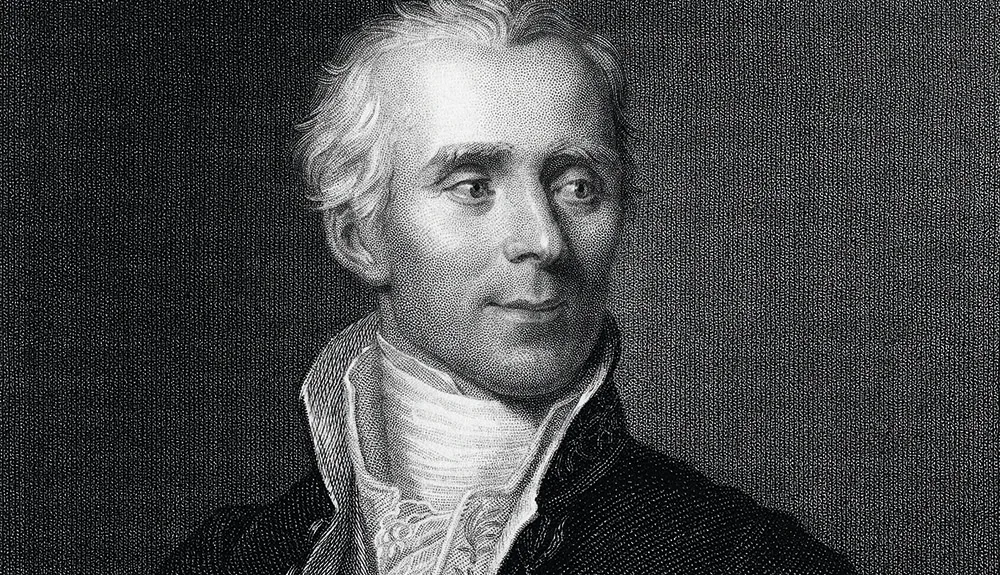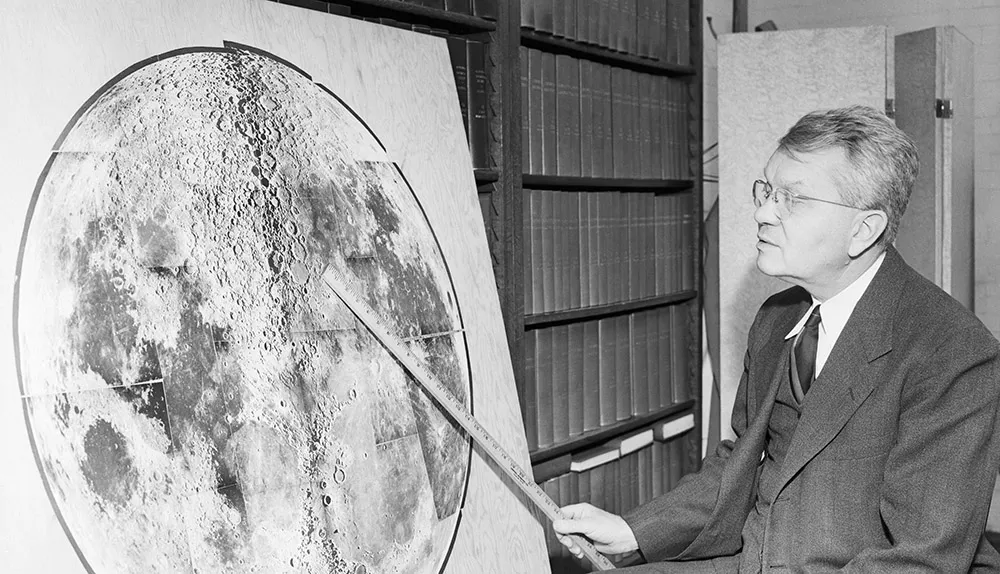1795 –Pierre-Simon Laplace’s early explanation for the origins of the Solar System offers the first scientific theory of the Moon’s origins. This is known today as the co-accretion hypothesis.

1878 – George Darwin puts forward his theory that the Moon split apart from a rapidly spinning young Earth, an idea derived from his mathematical research into tidal forces. This becomes known as the fission theory.
Read more about the origins of the Moon:
- How we discovered how the Moon formed
- The importance of lunar rocks
- The great scientists who uncovered the origin of the Moon
1952 –Harold Urey publishes the first serious arguments that the Moon may have originated elsewhere in the Solar System and been captured into orbit around Earth at a later stage.

1975 –William K Hartmann and Donald R Davis suggest that a giant planetesimal impact on the early Earth could have provided the energy to eject material to form the Moon.
1984 – A conference in Kona, Hawaii discusses the origins of the Moon and reaches consensus around the giant impact hypothesis, settling the debate. Many details are still to be resolved, however!